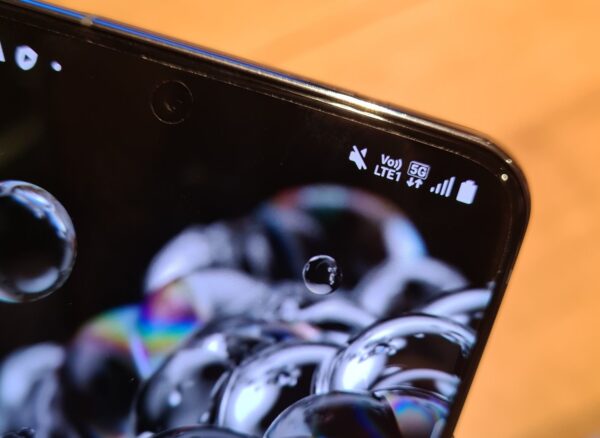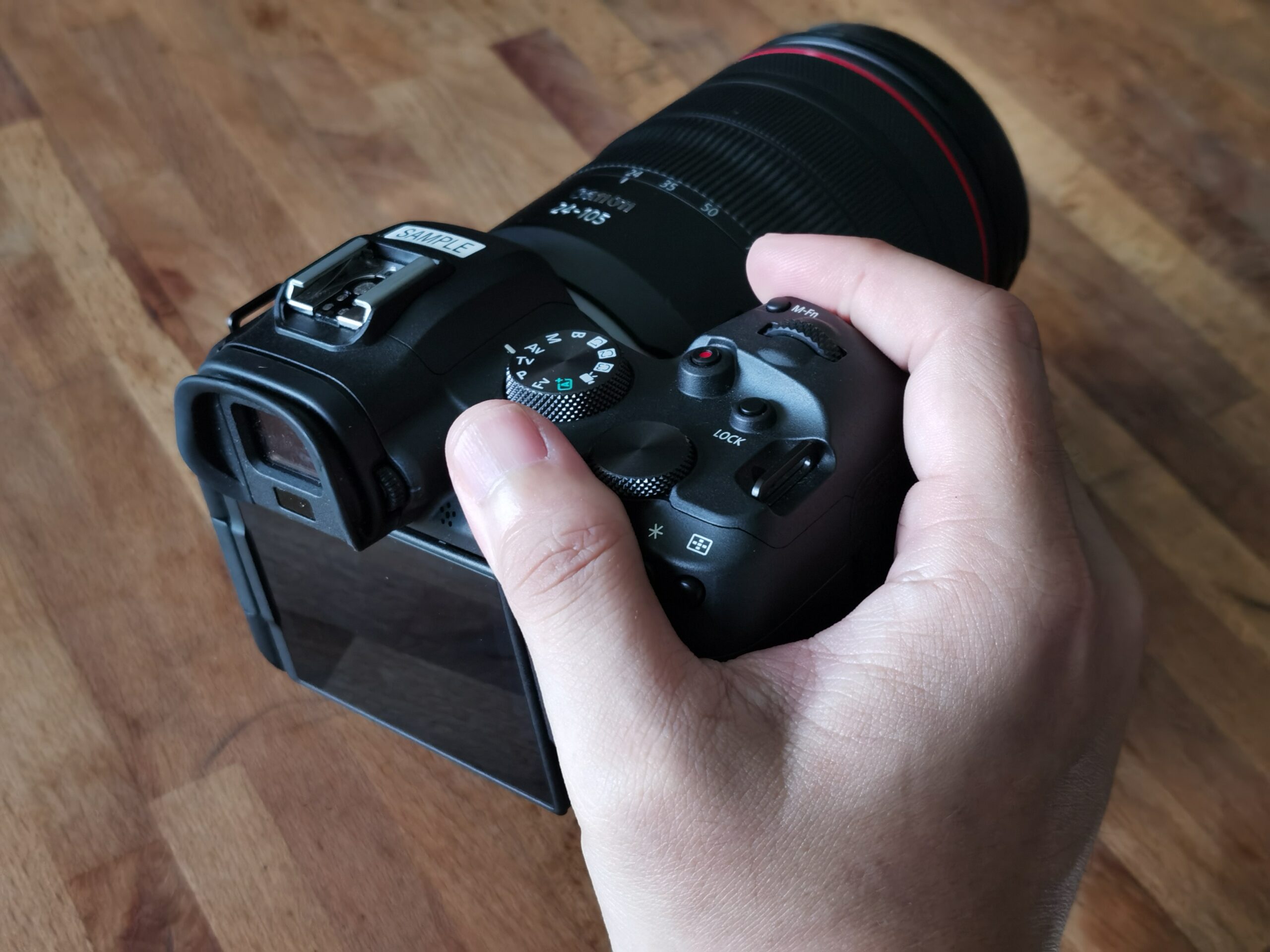
Imagine the first 5G iPhone turning up in shops in Singapore next month only to have no 5G networks for it to connect to. Unthinkable for such a tech-savvy place, right?
Well, Apple’s rumoured new phone, along with a growing list of 5G models from Samsung, Huawei and Oppo, may have just made Singapore telecom operators roll out 5G services earlier than expected in recent weeks, to capture early adopters of the technology.
So eager to gain a headstart are StarHub and Singtel that they have both launched trials of an earlier version of the 5G technology, called “non-standalone” or NSA, ahead of a fuller rollout next year.
What’s this NSA technology, you might ask? In simple terms, it’s an early version of 5G, which uses new radio antennas but still relies on existing components of a 4G network core.
Because of the increase in antenna density and other upgrades, you’ll still get faster downloads and lower latency. At a Singtel demo yesterday, representatives showed off speeds of up to 1Gbps and latency as low as 8 milliseconds.
Yes, those are under ideal conditions, but still an upgrade over existing 4G speeds of about 400Mbps and latency of above 10ms. That is a clear improvement.
This is the same 5G version that has been rolled out in most cities that have the service today, from the United States to South Korea to China. It is live and working.
Now, Singapore’s government regulators have always wanted to go straight to the “real” 5G version, known as the standalone or SA version, because it wanted to go beyond faster speeds.
As its name implies, 5G SA requires new core network equipment to handle the higher performance requirements. Here, you get not only faster speeds but also ultra-low latency, with some claims placing this as low as 1ms.
5G SA also allows for network slicing, which means a telco can cut up chunks of its network to deliver, say, better quality of service to certain apps. This, say experts, will be useful when connecting up businesses that will deploy millions of sensors and connected devices coming online in the years ahead.
The problem with this “pure” or “full fat” version of 5G is that the industry standards haven’t been ratified that long ago, so only T-Mobile in the US has launched a nationwide network so far. And that was just last month.
Singapore has a modest target for this type of 5G rollout – half of the country by 2022 and full nationwide coverage only by 2025. That’s a good five years away.
So, instead of waiting for this “full fat” 5G to be ready, telcos here have decided to stop sitting around and gone out to deploy the less feature-rich version called 5G NSA. It can still wow consumers, they believe.
So they recently asked the Infocomm Media Development Authority (IMDA) to let them deploy these networks and the go-ahead was given. Therefore, you are seeing the 5G hype in recent weeks.
Telcos obviously have good reason to push for 5G. With 4G prices so low, after years of intense competition, this is a chance for them to “reset” prices and charge more, basically.
Notice how StarHub’s “5G-capable” Mobile+ plans come with two-year subscriptions and also cost more than its 4G SIM-only plans for the same amount of data they offer? Yes, they are an early test to see how much people are willing pay to get onboard the new bandwagon.
Singtel has done things a bit differently. It has given a free trial to some of its customers while opening up to others to sign up. It’s still a trial for now, it says modestly.
It won’t be a surprise, however, if all three telcos rolling out 5G – that would include M1 as well – came up with subscription plans in the months ahead when a 5G-enabled iPhone launches.
Already, there are reports that these phones will go into production in the middle of this month and be ready for launch in the weeks after, so you can understand the telcos’ rush to get their networks sorted.
Well, at much as they can, anyway. If you look at the connections now for both Singtel and StarHub, they are still patchy, though the telcos have promised to ramp up coverage.
Should you go out to buy a 5G phone now? Well, no, unless you are already looking to buy a costly flagship phone, then it is good to have 5G in there. Most new models, like the Samsung Galaxy Note 20 Ultra out this month, have it.
After all, besides downloading a movie faster, what does 5G offer to consumers that 4G, or indeed Wi-Fi at home, doesn’t? Things like augmented reality or cloud gaming on the go are still years away, so 5G is more of something that’s cool to try out now.
And although it seems like the 5G timeline has been accelerated, don’t forget that the telcos still need to fix their coverage for months to come. They also have to upgrade to the “full fat” version of 5G from next year, as required by the regulator.
When that happens, you’d hope that the changes will be seamless and users won’t be disconnected or lose their 5G signals. Certainly, they should not have to worry about whether the 5G they’re getting is SA or NSA, whether it is in “skim” or “full fat” form.
If telcos can manage that experience well, then they could win over the early adopter market. Like in any trial, they would learn valuable lessons, which can help them tune their networks for when more users come onboard later.
Don’t forget that 4G was a mess when it first came out back in 2012, with incompatible models that don’t work in different countries because of the different frequency bands.
Plus, some early 4G services were not even 4G by any shape or form, with some telcos in the US, for example, misleadingly calling their advanced 3G services 4G.
At least, with both SA and NSA versions of 5G, you’re guaranteed to get a better experience, because both are a real network upgrade. Plus, 5G phones like the Galaxy Note 20 Ultra will support both versions, so at least the devices are ready. Yes, we should be so excited about 5G!
We are testing out Singtel’s 5G services with several phones. Look out for a report on our experience soon.






